This past week, we have been learning about the Czech resistance to the Nazi occupation of Czechoslovakia during World War II. On Tuesday, we visited two significant sites where the brave actions and unthinkable consequences of this resistance played out: the Cathedral of Saints Cyril and Methodius in Prague, and the former village of Lidice just outside of Prague.

A short historical overview
In March 1939, Adolf Hitler annexed all of the Czech lands and claimed them as the Protectorate of Bohemia and Moravia. In 1941, Hitler installed SS-Obergruppenführer Reinhard Heydrich as the Acting Reich Protector to oversee Nazi operations and to suppress the growing anti-Fascist resistance movement.
Heydrich quickly came to be known as the “Butcher of Prague,” the “Blond Beast” and the “Hangman.” Hitler called him “the man with the iron heart.” Infamously, Heydrich chaired the January 1942 Wannsee Conference which formalized plans for the “Final Solution to the Jewish question”—the deportation and genocide of all Jews in German-occupied Europe.
On May 27, 1942, Czech resistance operatives, led by Jozef Gabčík and Jan Kubiš, carried out an assassination attempt on Heydrich, code named “Operation Anthropoid.” Heydrich was wounded in the attack and died of his wounds on 4 June 1942.
Immediately after the assassination, German patrols isolated Prague, a state of emergency was declared — extended to the entire Protectorate the following day — and extensive house searches and arrests took place. Executions of resistance movement members and aides of other paratroop units followed at a number of locations in the Protectorate. The symbol of this period is the burning of two Czech villages — Lidice and Ležáky.
Meanwhile, members of the Anthropoid operation hid with two Prague families and later took refuge in the Cathedral of Sts Cyril and Methodius, a cathedral of the Czech and Slovak Orthodox Church in Prague. The Germans were unable to locate them until a member of another sabotage group gave up the names of the operation’s local contacts for the bounty of one million Reichsmarks.
On 18 June, Waffen-SS troops stormed the cathedral. After a fierce 6-hour gun battle and siege, two of the Czechoslovak Anthropoid members were killed and the rest took their own lives to avoid capture.
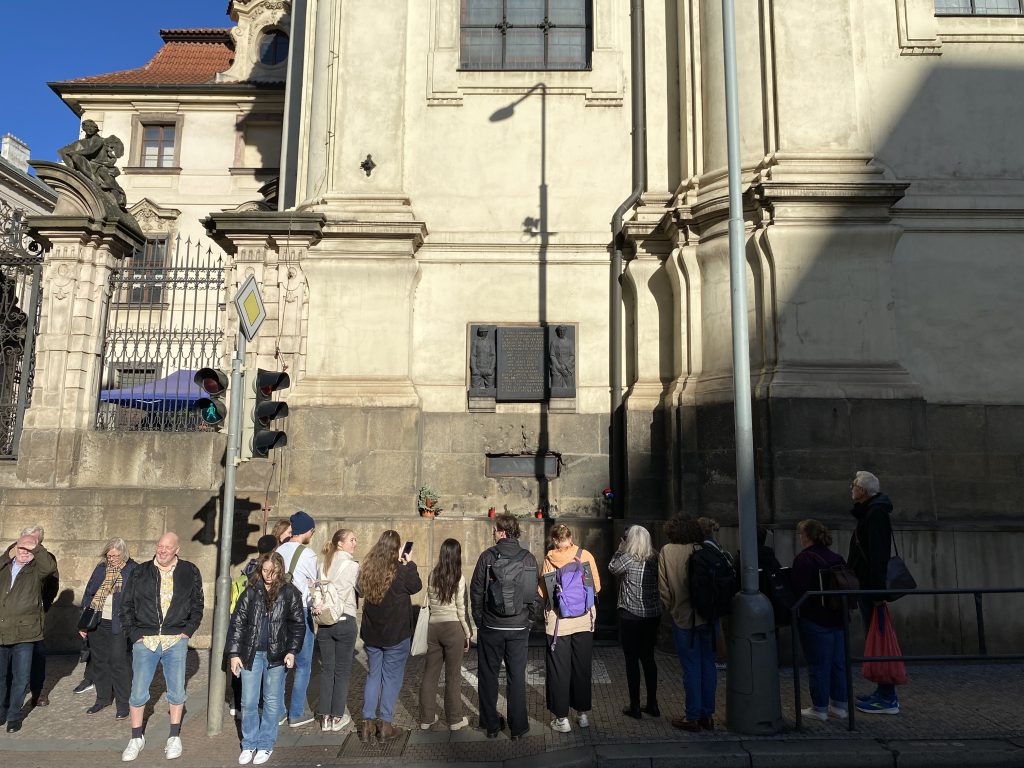
At the cathedral, we observed the window to the crypt where most of the resistance fighters hid. Bullet marks from the SS siege of the cathedral are still visible and form part of the Anthropoid memorial.
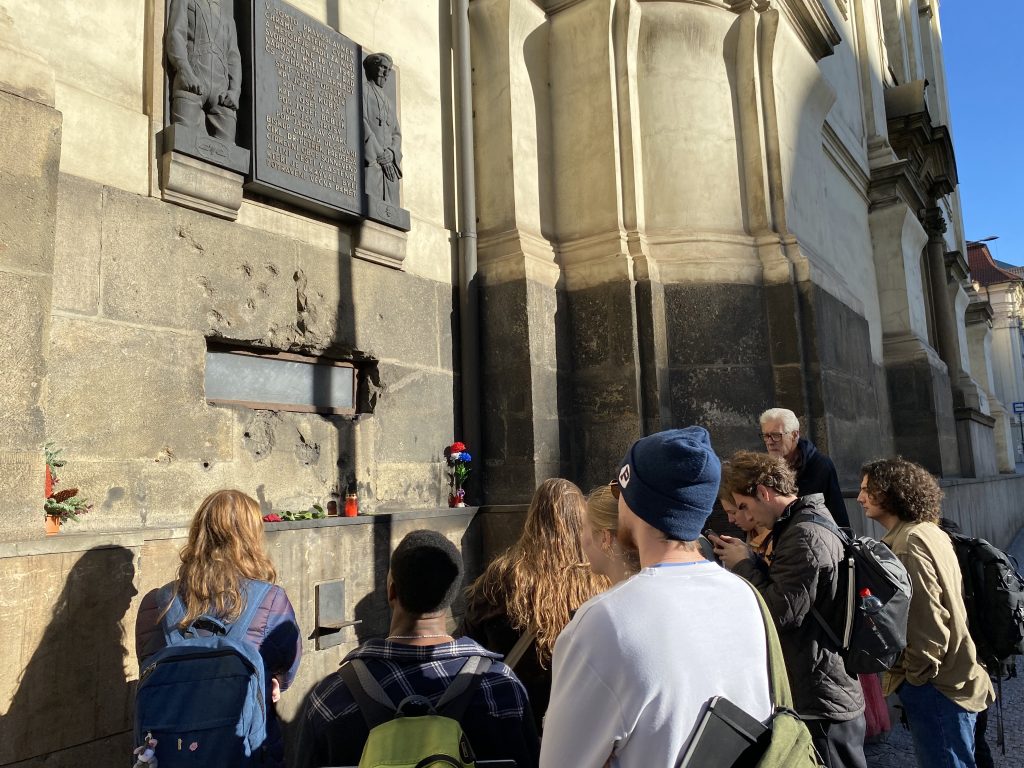
We then visited the National Monument to the Heroes of the Heydrich Terror, which is an exhibition and memorial located in the underground crypt of the Cathedral where the Anthropoid members hid from and fought against the German troops.
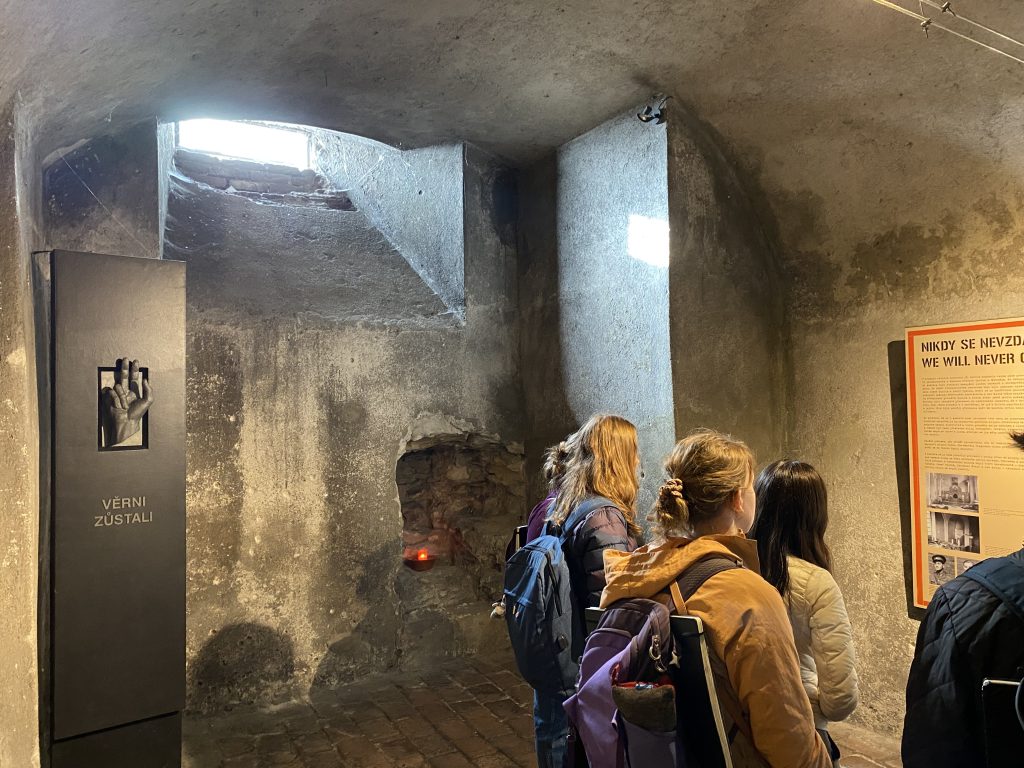


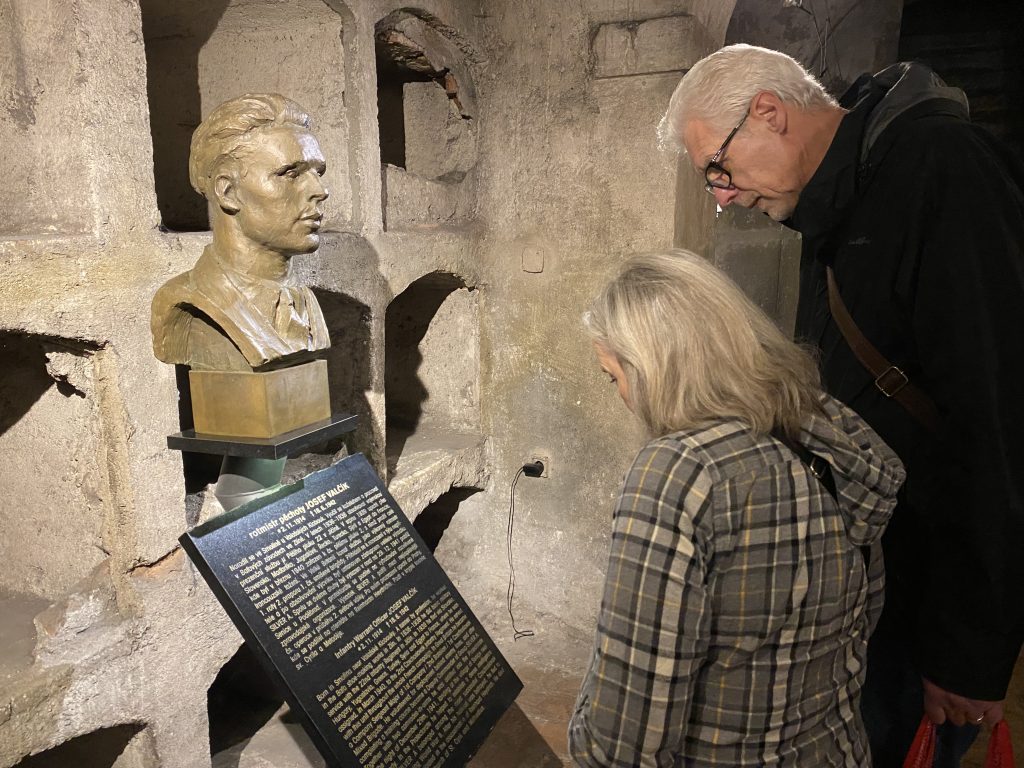

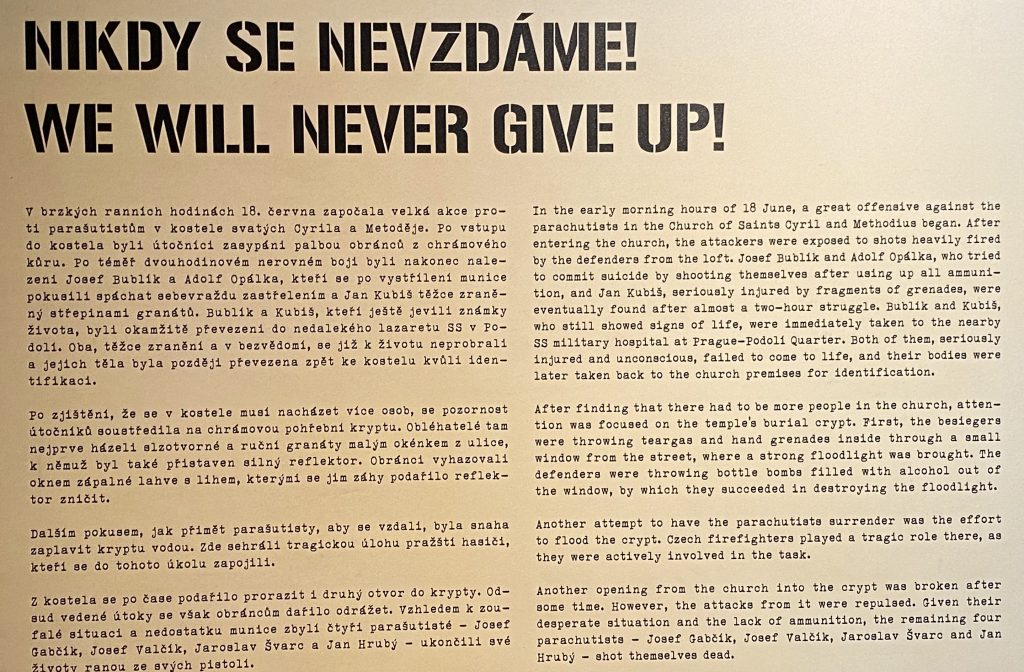
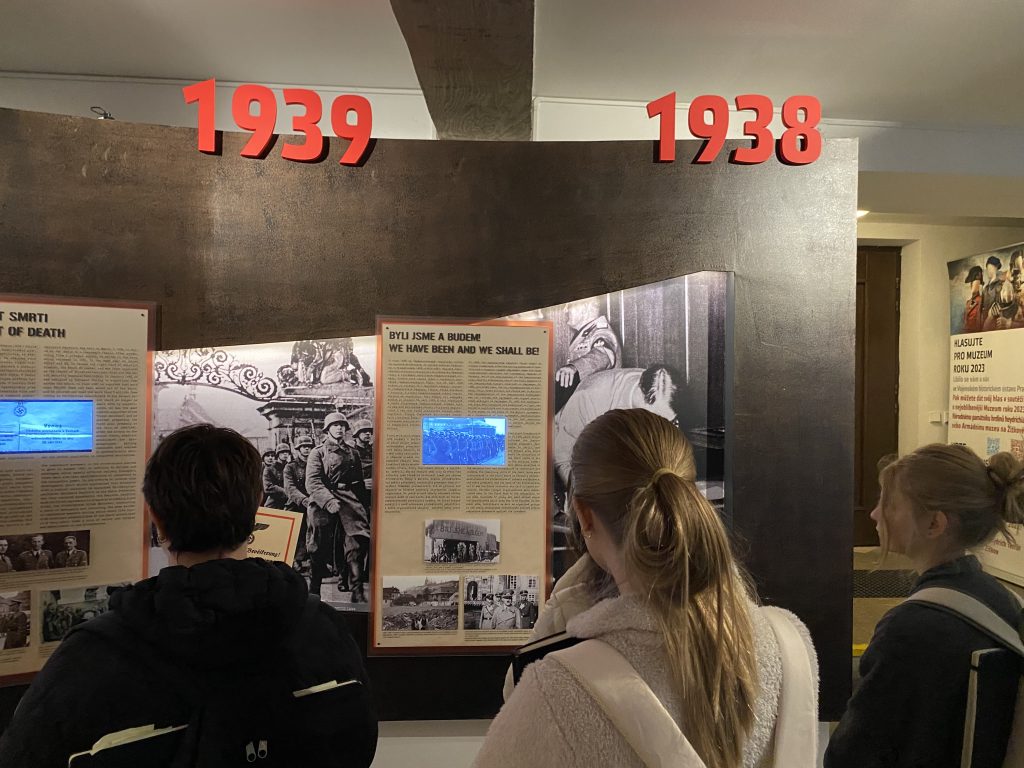
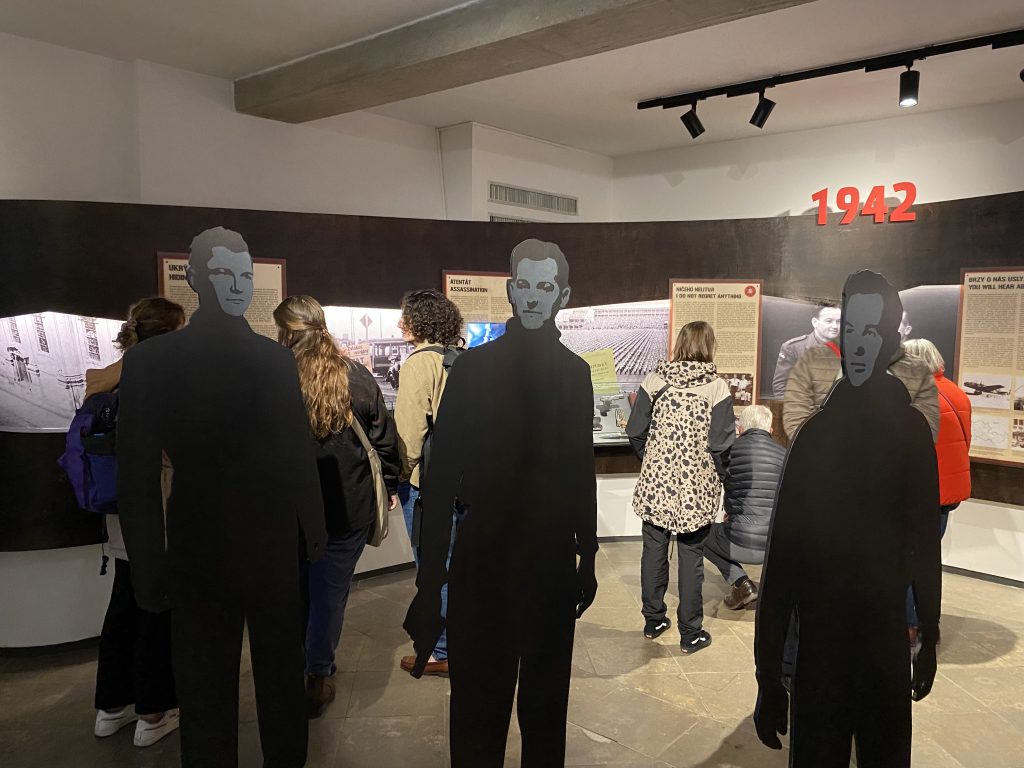
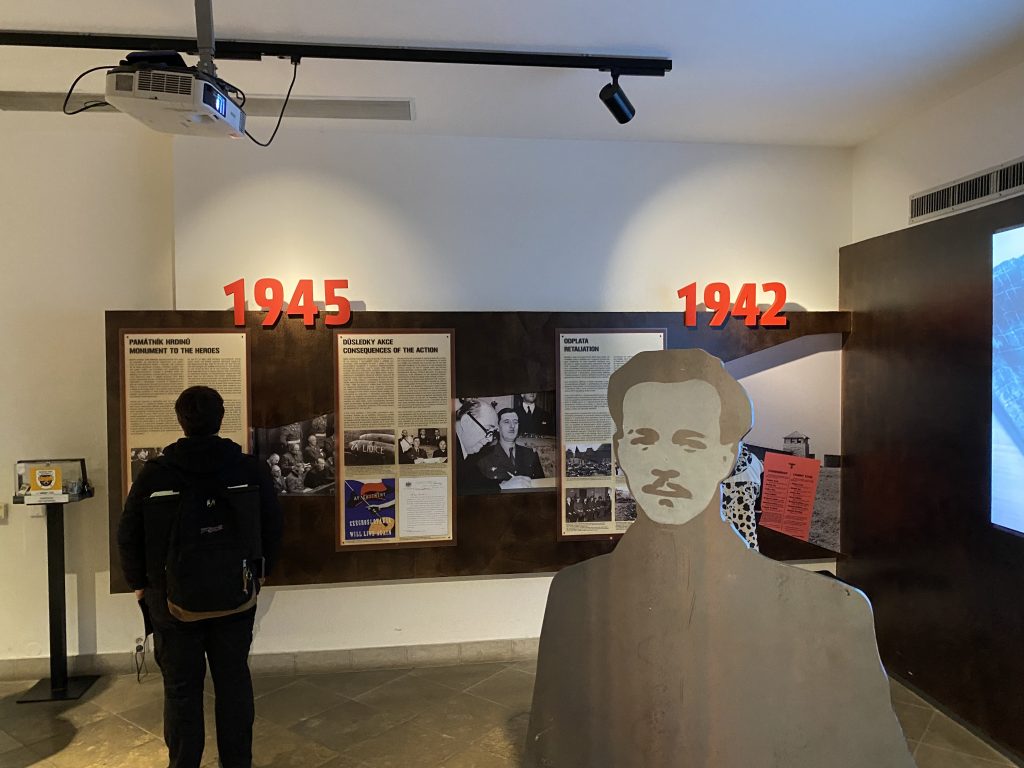
We then went upstairs to the cathedral, which remains an active Czech and Slovak Orthodox Church.
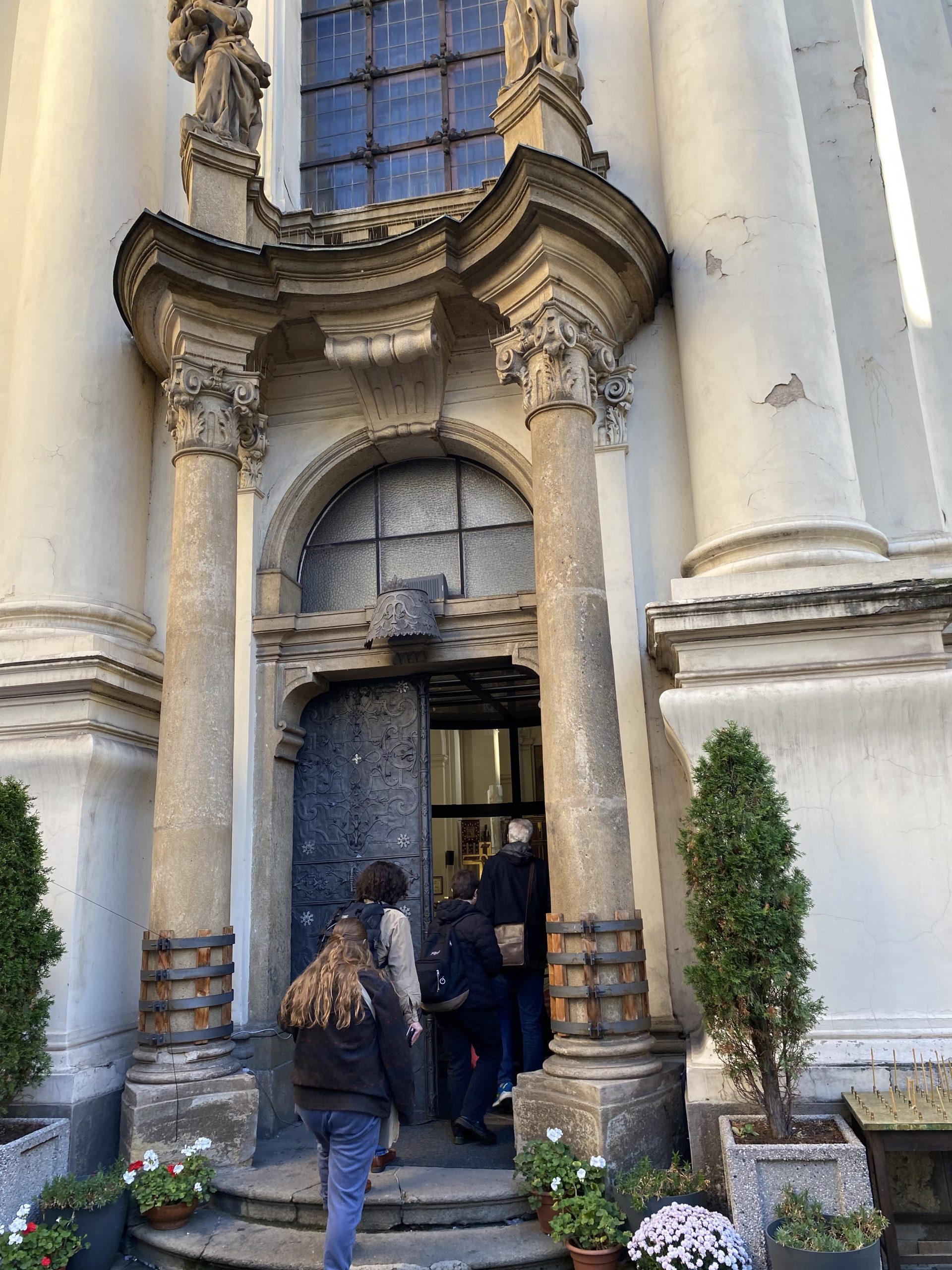
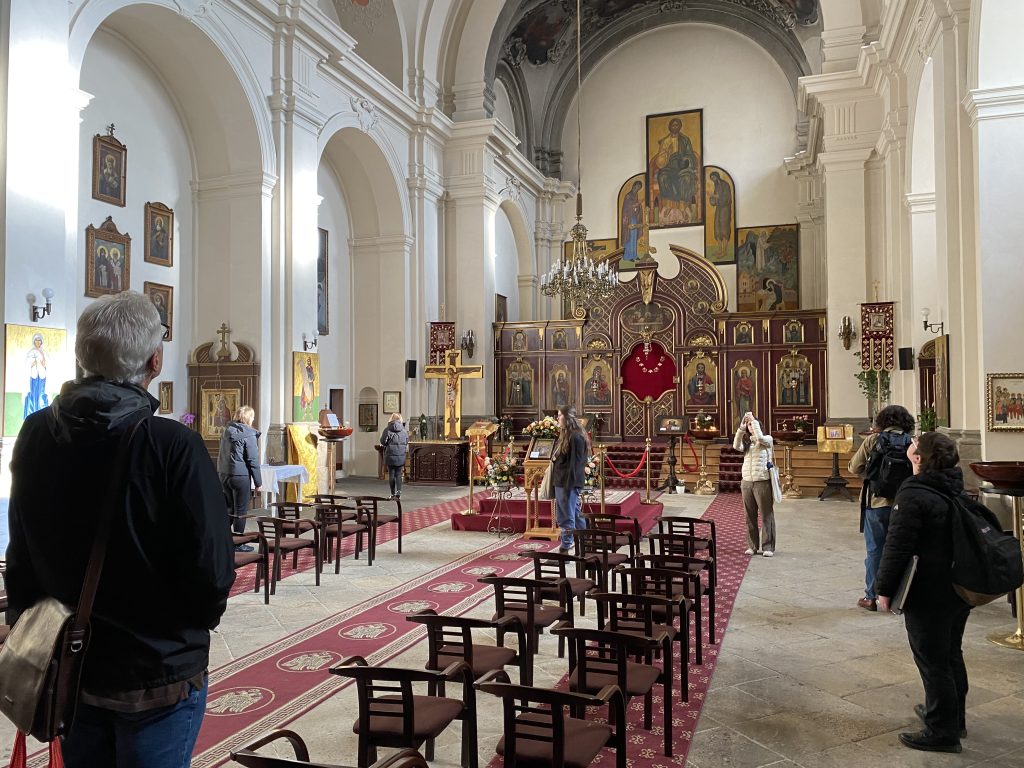
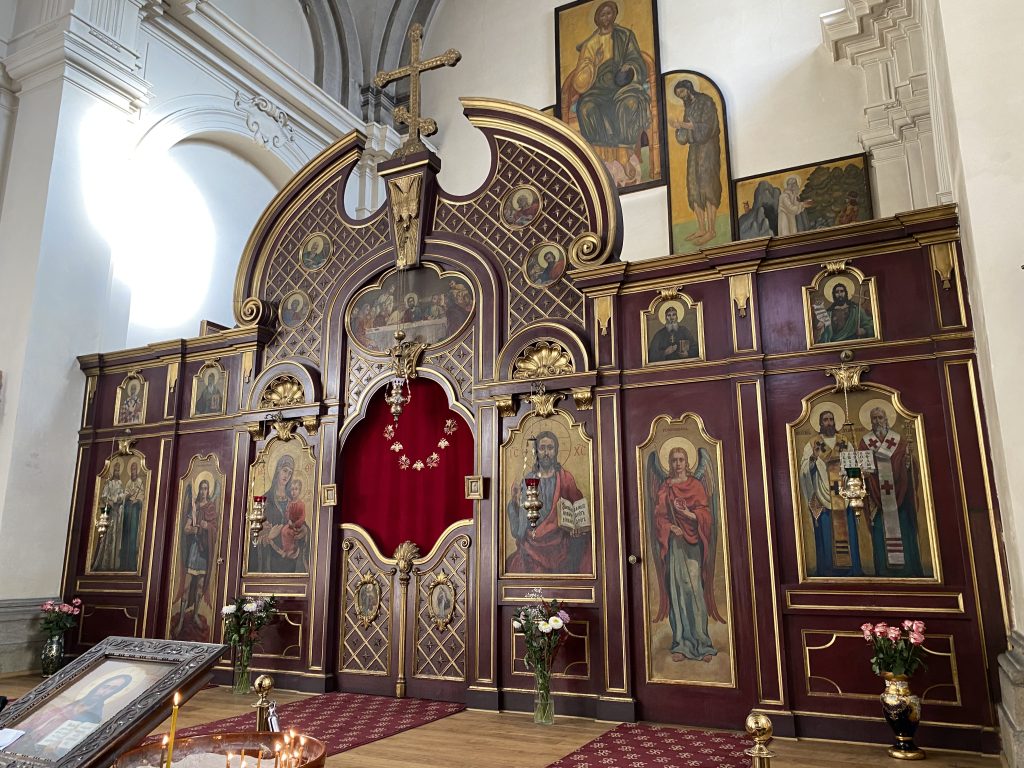

In the afternoon, we traveled to the former village of Lidice.


After the assassination on Reinhard Heydrich, the Nazis needed to carry out an act of vengeance for the death of “an outstanding man of the German nation,” and for this they chose the people of Lidice.
The vague contents of a letter, addressed to a woman employed in a Slaný factory and held back by the factory co-owner, J. Pála, roused the suspicions of the Kladno Gestapo that there was some connection between Heydrich’s assassination and the Horák family in Lidice who had a son serving in the Czechoslovak army in Britain. Although investigations and a house-search produced no compromising material, weapons or transmitter, the Nazis decided to raze the village to the ground.
On June 10, 1942, the Nazis shot 173 Lidice men in cold blood. The women and children were taken to the gymnasium of Kladno grammar school. Three days later the children were taken from their mothers and, except for those selected for re-education in German families and babies under one year of age, were poisoned by exhaust gas in specially adapted vehicles in the Nazi extermination camp at Chełmno upon Nerr in Poland. Many of the children’s mothers were sent to the Ravensbrück concentration camp.
Having rid the village of its inhabitants, the Nazis destroyed the village itself, first setting the houses on fire and then razing them to the ground with explosives. They proceeded to destroy the church and even the cemetery. In 1943 all that remained was an empty space. Until the end of the war the sight was marked by notices forbidding entry.
The first memento of the Lidice tragedy in the area of the former village was a monument erected on July 3rd 1945 by colonel Pankov’s Red Army soldiers. At the beginning of 1950s the first museum was opened. In 1962 for an occasion of 20th anniversary of Lidice tragedy a new museum that was built according to a plan of architect František Marek was inaugurated.
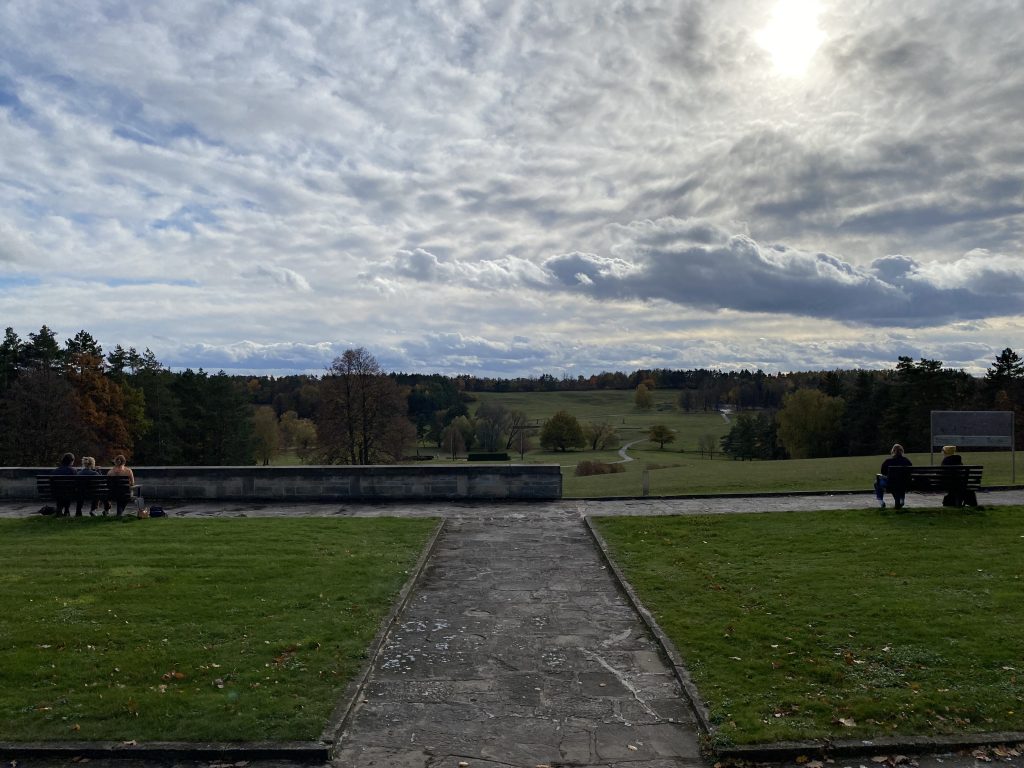
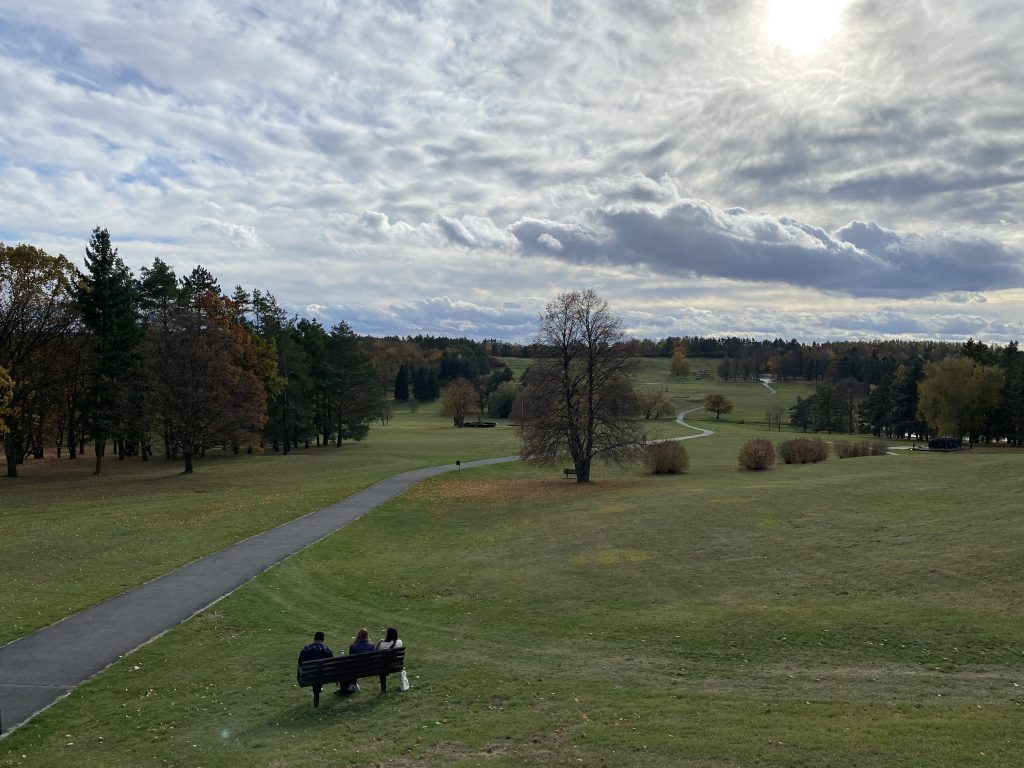
We spent the afternoon in the museum and then walked the grounds of the village. We learned about the people of Lidice who lost their lives and we heard stories from survivors.
Ultimately, we paid our respects and grappled with the facts of this unthinkable moment and how its memory can guide our actions today.
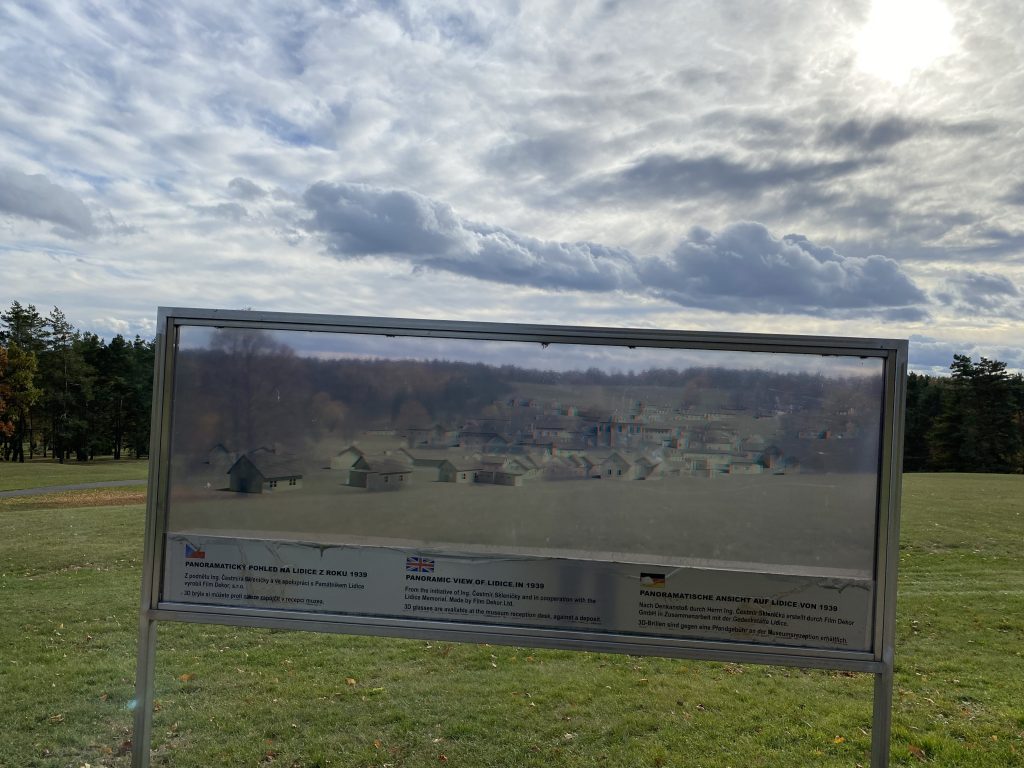
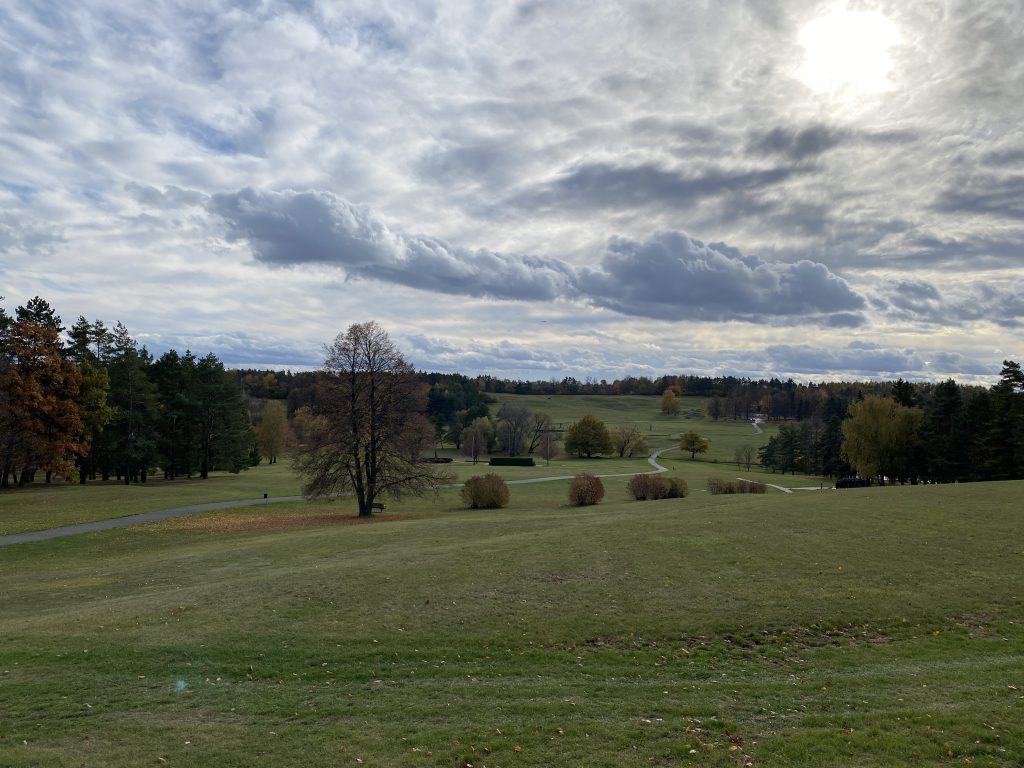
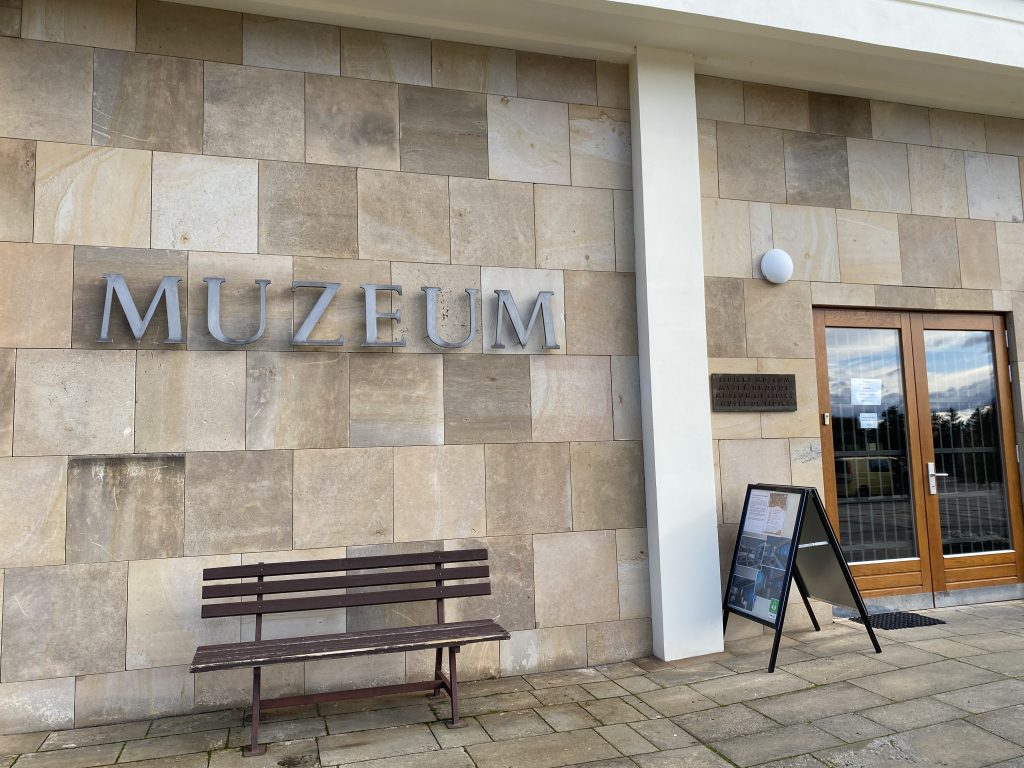
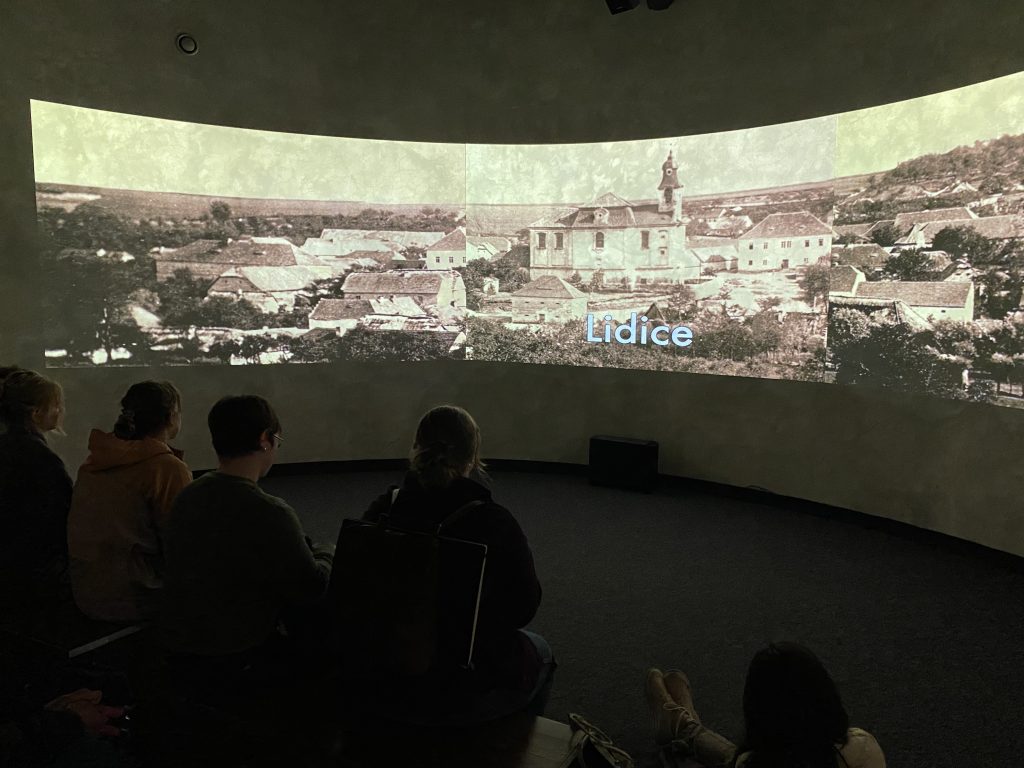
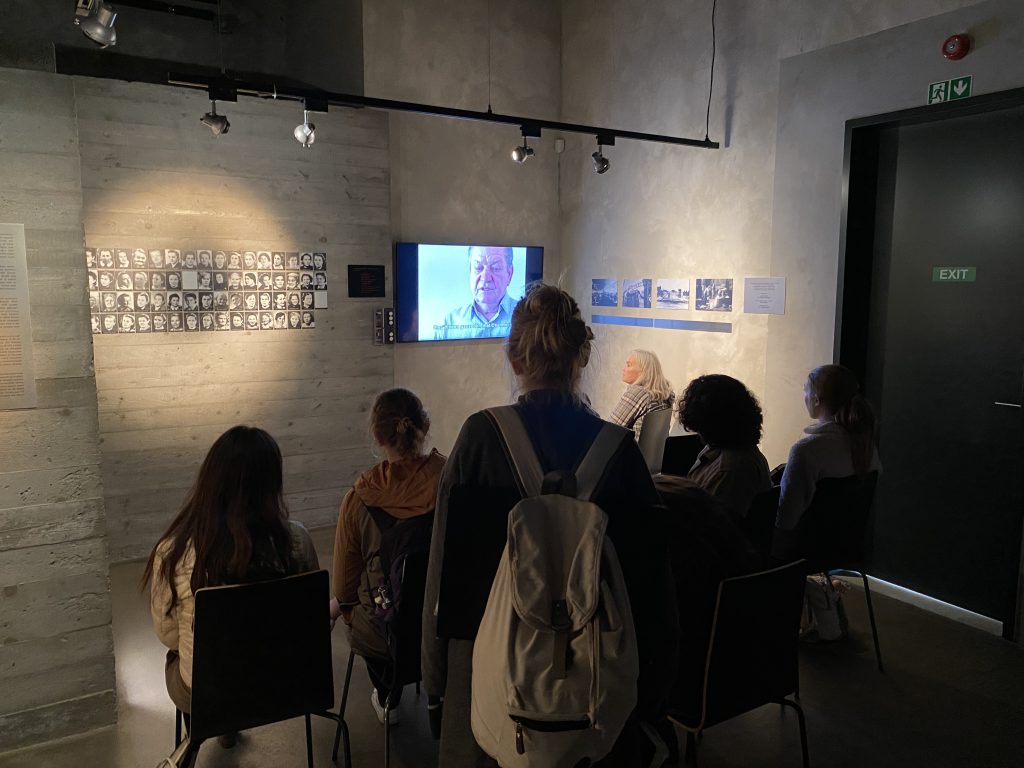

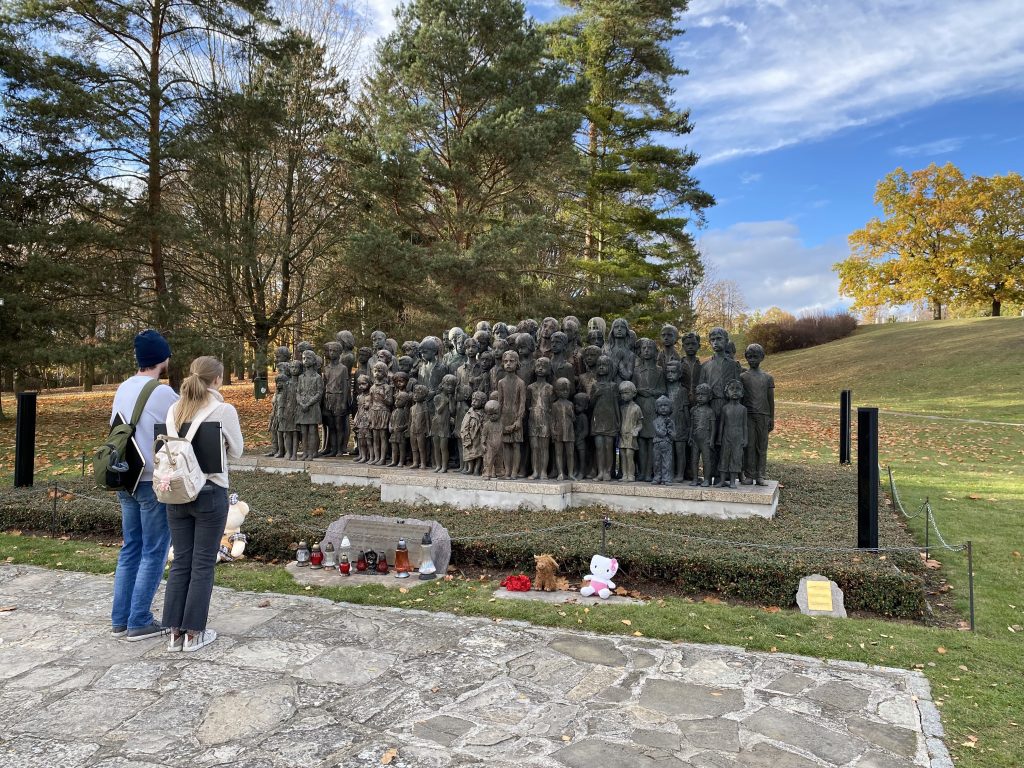

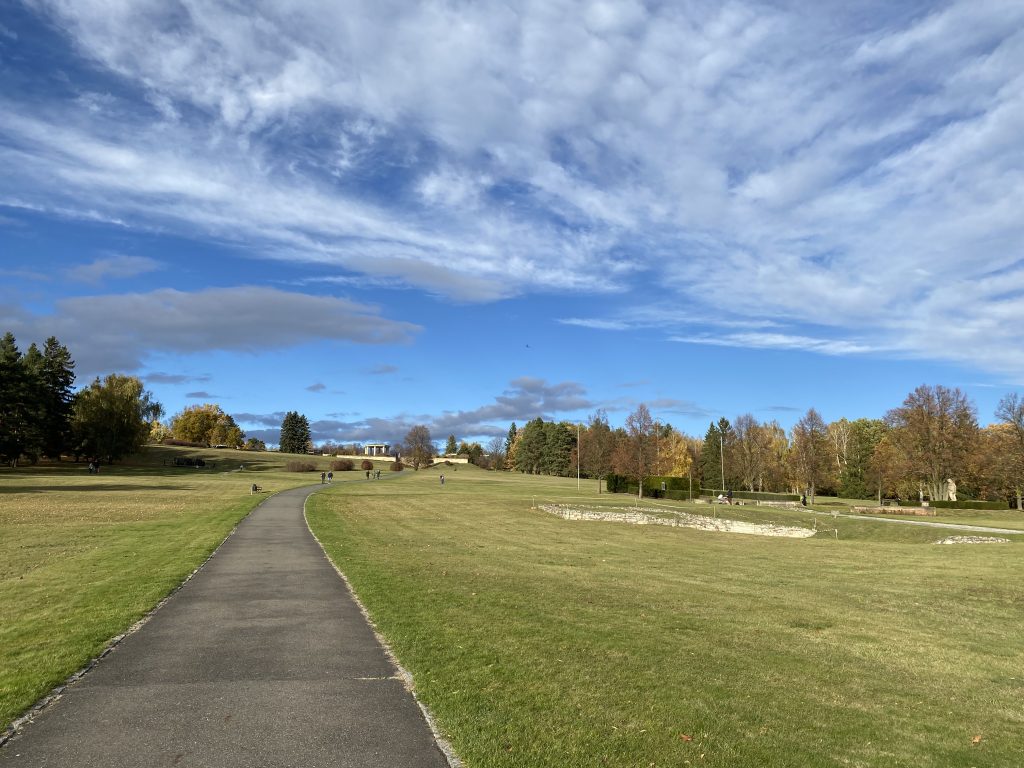

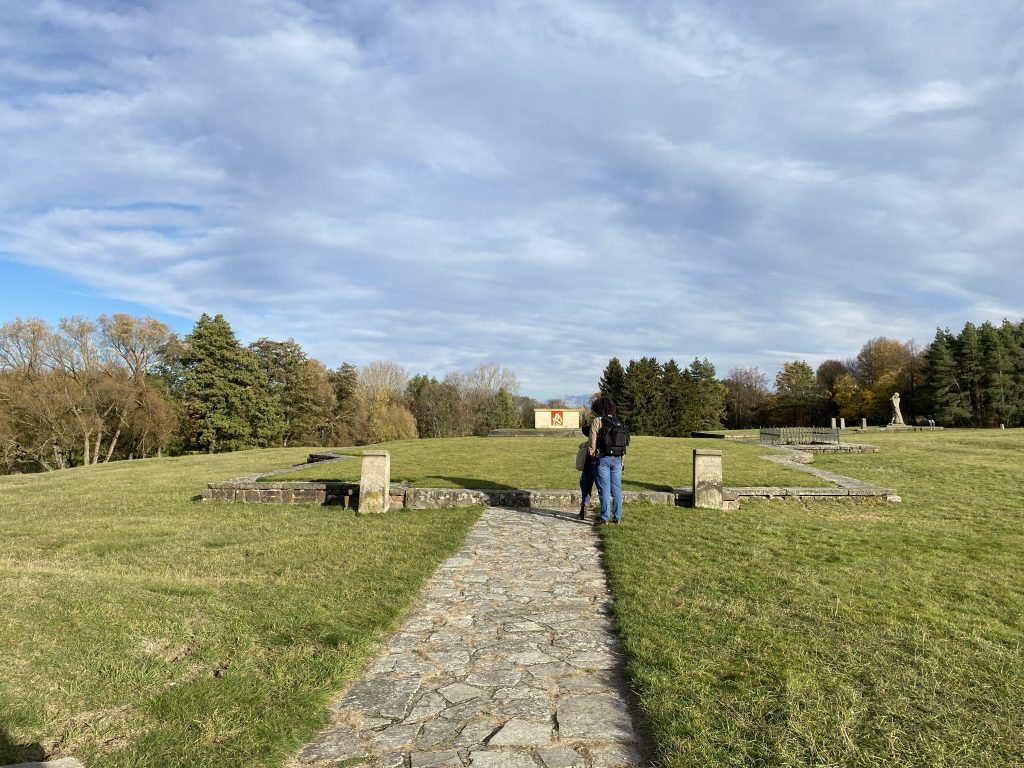
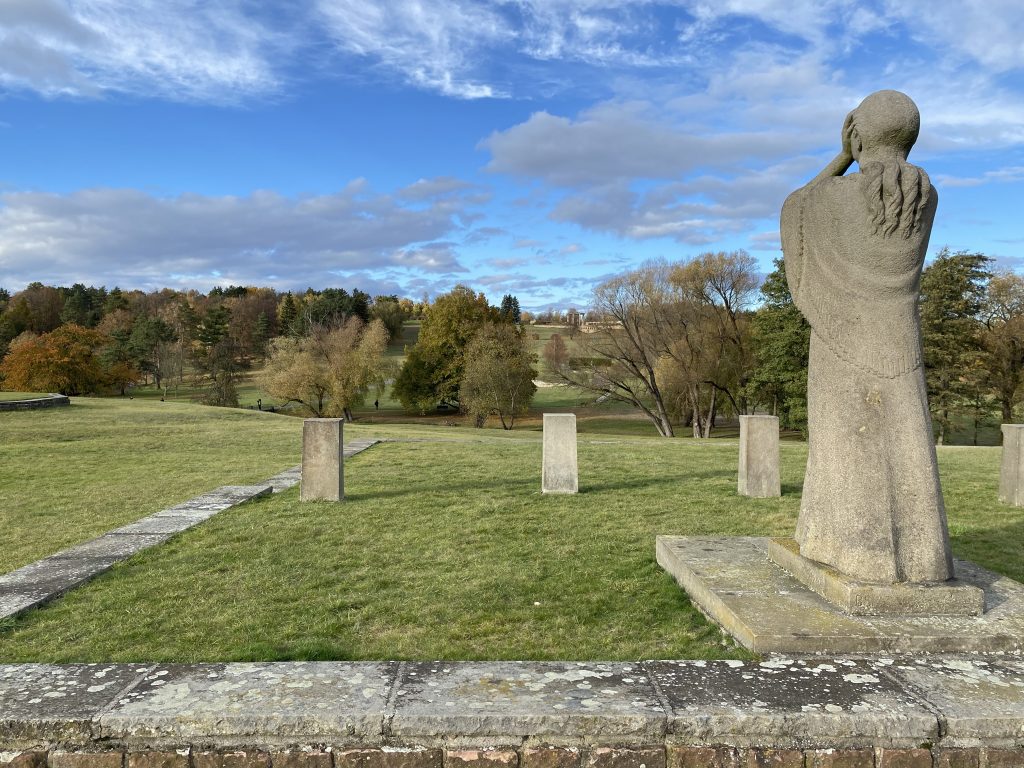
Admin note: text and information in this post come from the websites of the Anthropoid Memorial and the Lidice Memorial. Given the nature of the subject matter, I thought it would be helpful to offer context for the images.

Leave a Reply